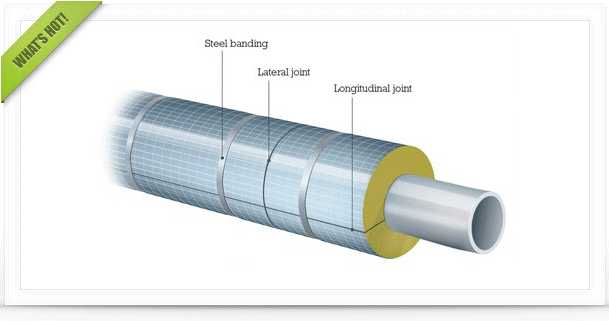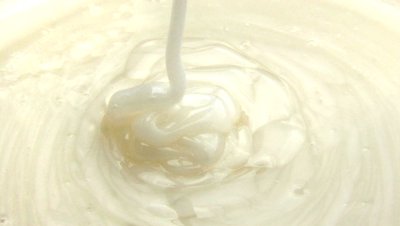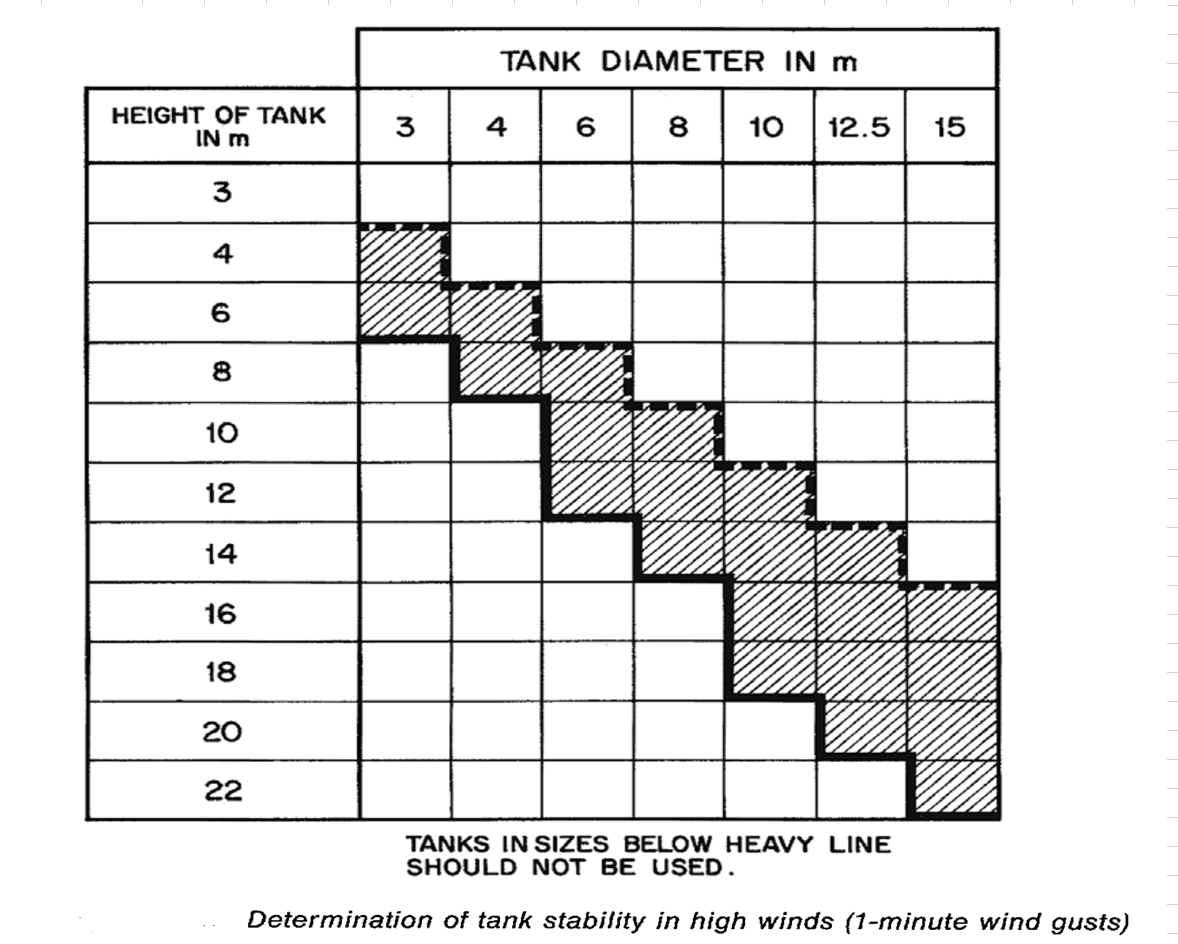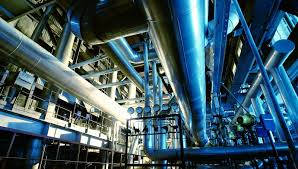hi..
how can i get the % of CO and CO2 for the following reaction..
C2H5OH + 3O2 --> 2CO2 + 3H2O
91 grams of C2H5OH is consumed within 25 minutes. assuming complete combustion and possible excess air...what is the % of CO and CO2 formed?
|
|
Products From Ethanol Combustion
Started by rburkule, Aug 06 2012 12:20 PM
1 reply to this topic
Share this topic:
#1

Posted 06 August 2012 - 12:20 PM
#2

Posted 06 August 2012 - 02:49 PM
Rburkule:
We don’t do your homework for you. We could; but we would have to charge you the same fees our employers pay us – and you can’t afford that.
What I can do is give you some helpful advice on how YOU can solve your own problem. Of course, you can either take the advice, apply it by using your own labor and hard effort – or you can leave it. The way to solve YOUR problem is as follows:
This problem is badly described and written. There is a failure to state that the ethanol will be combusted using air, instead of pure oxygen. There is also a failure to state if the combustion air is absolutely dry or humid – and if humid, at what humidity level? Additionally, there is a complete, inept failure to state WHAT percentage is required. Is it the resulting volumetric % of the reaction? - or is it the resulting mass %? Only the theoretical, stoichiometric % can be calculated without a specific excess of combustion air being clearly identified.
I hope this helps you out.
We don’t do your homework for you. We could; but we would have to charge you the same fees our employers pay us – and you can’t afford that.
What I can do is give you some helpful advice on how YOU can solve your own problem. Of course, you can either take the advice, apply it by using your own labor and hard effort – or you can leave it. The way to solve YOUR problem is as follows:
- Make sure your equation is fully balanced; in this case, it seems it is.
- Note the ratio of moles reacting within the equation. You have one mole of ethanol reacting with 3 moles of oxygen to yield 2 moles of carbon dioxide and 3 moles of water (probably as vapor – although you don’t show this).
- For the sake of the calculation, you must assume stoichiometric quantities – in other words, you must assume that the exact quantities of reactants are reacting. There is no excess oxygen introduced – just the exact, stoichiometric amount needed.
- Since you know the mole ratios, all you need to know is the quantity of moles involved. However, you are given mass quantity – not moles. Therefore, convert the ethanol mass quantity to gram moles.
- Knowing the gram moles of ethanol, you can easily calculate the gram moles of both carbon dioxide and water produced.
This problem is badly described and written. There is a failure to state that the ethanol will be combusted using air, instead of pure oxygen. There is also a failure to state if the combustion air is absolutely dry or humid – and if humid, at what humidity level? Additionally, there is a complete, inept failure to state WHAT percentage is required. Is it the resulting volumetric % of the reaction? - or is it the resulting mass %? Only the theoretical, stoichiometric % can be calculated without a specific excess of combustion air being clearly identified.
I hope this helps you out.
Similar Topics
Sugar Impurities After Distilling Ethanol FuelStarted by Guest_vyse_* , 14 Nov 2024 |
|

|
||
Flash Point Importance For Petroleum ProductsStarted by Guest_Venkat @89_* , 05 Jun 2023 |
|

|
||
Chemical Reaction Ethanol And CwfiStarted by Guest_Fuentes487_* , 01 Nov 2022 |
|

|
||
Total Sulphur In C3 And C4 ProductsStarted by Guest_h.eghbali_* , 22 Dec 2021 |
|

|
||
Problem In A Air Combustion Current HysysStarted by Guest_A_D_M_MII_* , 19 Oct 2021 |
|
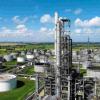
|

 FB
FB
